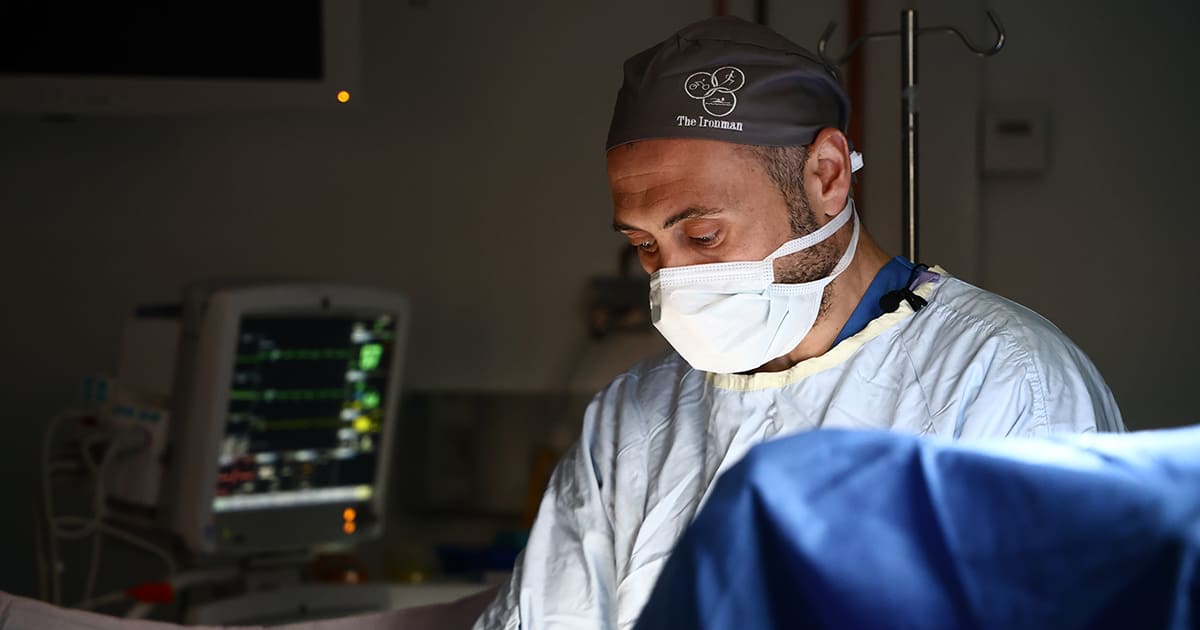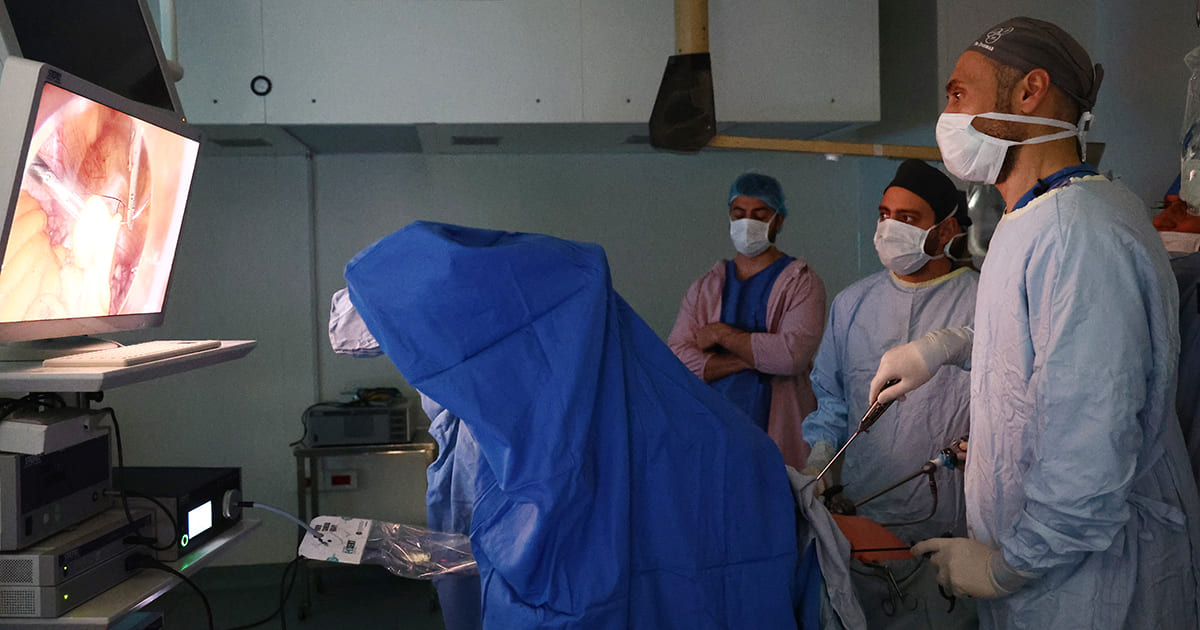Innovative Procedure at LAU Medical Center–Rizk Hospital Signals Hope for a Patient With a Congenital Disease
A laparoscopic Davydov procedure, performed by Dr. Zaki Sleiman, successfully creates a neovagina for a woman with Mayer-Rokitansky-Küster-Hauser Syndrome.
Dr. Zaki Sleiman, associate professor of obstetrics and gynecology, who is internationally renowned for his expertise in minimally invasive surgery, has performed an innovative procedure at the LAU Medical Center–Rizk Hospital: the successful creation of a neovagina for a patient in her 20s who was born without a uterus and a vagina.
Scientifically called the laparoscopic Davydov procedure, it allows physicians to create a neovagina for a patient with the Mayer-Rokitansky-Küster-Hauser Syndrome (MRKH), a rare congenital disease whereby girls are born without a uterus, a vagina or both.
In some cases, MRKH patients may have an underdeveloped vagina which can be treated through a different type of procedure, the Vecchietti vaginoplasty.
This condition typically goes undetected up until the age of 16, when the adolescent patient does not start menstruating. The MRKH can be diagnosed through an ultrasound scan or Magnetic Resonance Imaging (MRI).
Dr. Sleiman explained that the laparoscopic operation involves creating a pouch using tissue from the peritoneum, the inner lining of the abdomen and pelvis. A special syringe is planted in the neovagina to prevent the lining from closing in the initial period following the surgery and removed two weeks later. “Eventually,” added Dr. Sleiman, “the tissue will resemble the skin, and the shape of the neovagina will very much look like a normal one.”
“The innovative technology,” which was used for the first time in Lebanon and the region in the laparoscopic Davydov procedure, “is called indocyanine green (ICG)-enhanced fluorescence, a substance that colors the organs, allowing the surgeon to have a superior anatomic imagery and avoid any risks, such as tears to the bladder or the rectum.” This technology is only available in three hospitals in Lebanon, one of which is the LAU Medical Center–Rizk Hospital.
“The outcome of the surgery is life-changing for the patient, who will go on to lead a normal life,” said Dr. Sleiman. Although the surgery was made possible by highly advanced technology in expert hands, he added, it is a simple procedure that took less than an hour, and the patient only spent one day in the hospital without reporting any pain.
In this regard, Dr. Sleiman underscored the importance of seeking medical help, away from social stigma.

